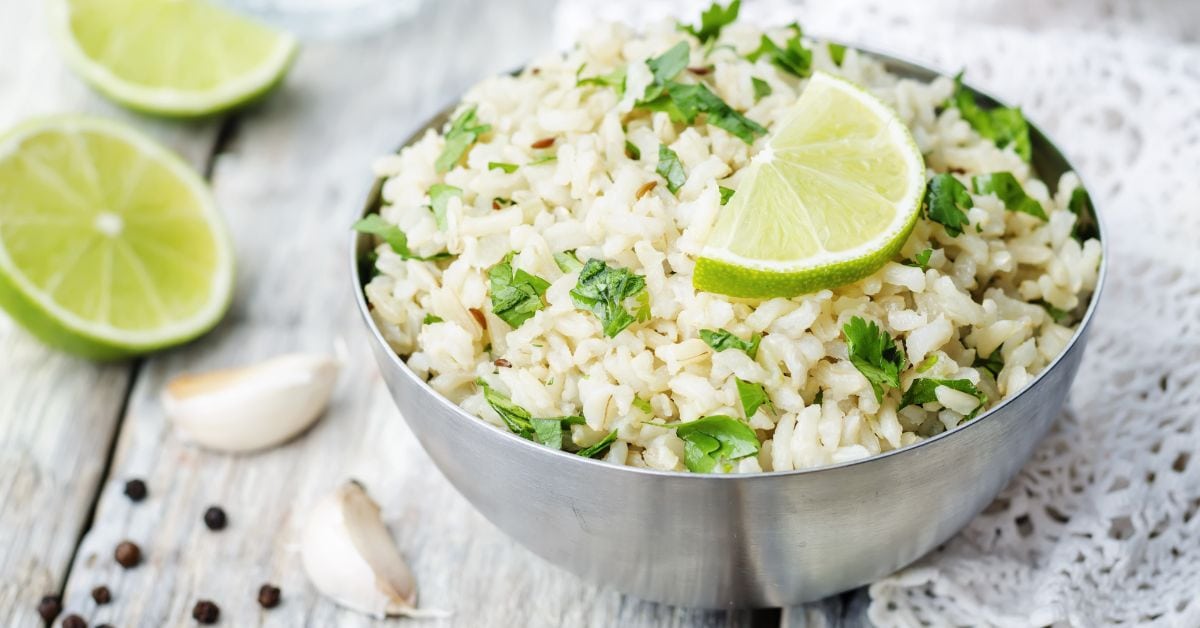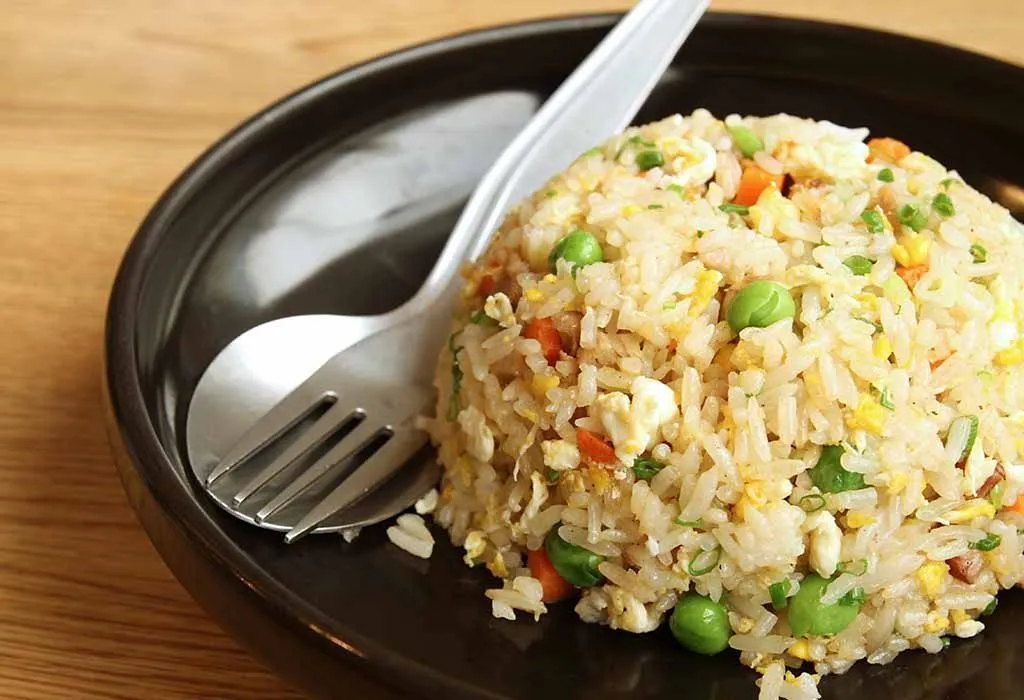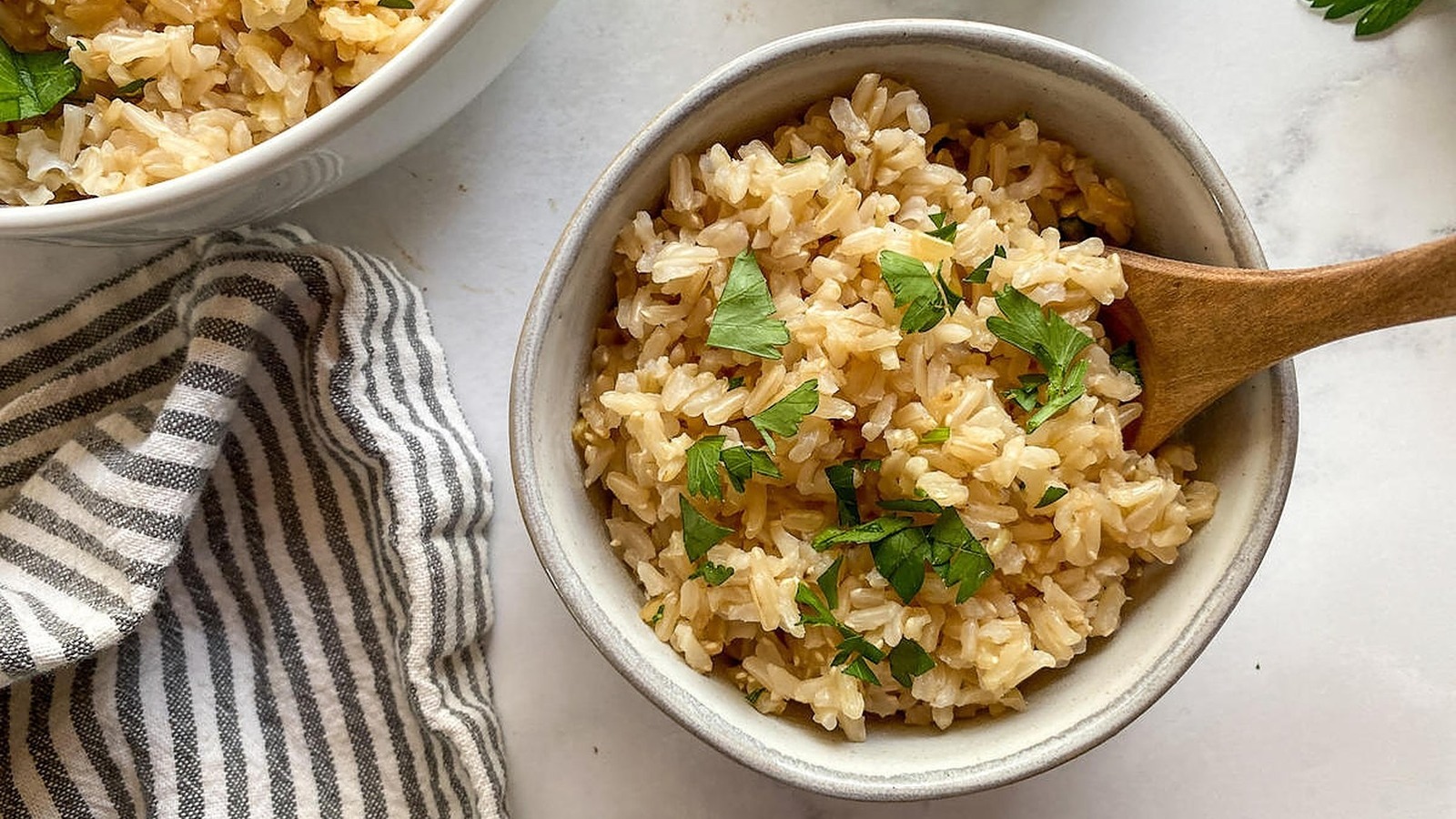Mastering the Art of Rice Pudding: An Easy Recipe for All
Written By James Morgan
If you're craving a comforting and delicious dessert, look no further than this rice pudding recipe easy enough for every skill level. Whether you're a seasoned chef or a newbie in the kitchen, this recipe is sure to satisfy your sweet tooth while showcasing the delicate flavors of rich, creamy rice pudding.

The Rich History of Rice Pudding
Rice pudding has a storied past that spans centuries and cultures. It is a dish that has brought comfort and convenience to many households around the world. From the Middle East to Europe and beyond, rice pudding has found its way into the hearts and kitchens of people from all walks of life. Its simplicity, combined with its ability to be adapted to various flavors and dietary restrictions, makes it a true staple in the realm of comfort desserts.

Health Benefits of Rice Pudding
Rice pudding is not only a comforting indulgence but also offers a surprising array of health benefits. The primary ingredient, rice, provides a good source of energy, protein, and essential nutrients. When made with minimal sugar and healthy dairy alternatives, rice pudding becomes a nourishing and guilt-free treat. Its naturally gluten-free nature makes it an excellent option for those with dietary restrictions.

Ingredients You'll Need
To create this delectable and easy rice pudding recipe, you'll need the following ingredients. Always aim for the freshest and highest-quality ingredients for the best results.
- 1 cup of white rice (jasmine or basmati works best)
- 2 cups of water
- 4 cups of whole milk or milk alternative
- 1 cup of granulated sugar or sweetener of choice
- 1 teaspoon of vanilla extract
- 1/2 teaspoon of ground cinnamon
- A pinch of salt

Essential Cookware and Tools
Gathering the right tools is essential for success in any recipe. For this easy rice pudding recipe, ensure you have the following:
- A rice cooker
- A knife set
- A cutting board
- Check out our guide on congee with rice cooker for more tips.
Step-by-Step Instructions
Step 1: Preparing the Rice
Start by rinsing the rice under cold water until the water runs clear. This step is crucial for removing excess starch, which can make your rice pudding too thick and sticky. Once rinsed, cook the rice in a rice cooker according to the manufacturer's instructions using the 2 cups of water. The rice should be tender and fully cooked before moving on to the next step.
Step 2: Creating the Creamy Base
In a large saucepan, combine the cooked rice, milk, sugar, and a pinch of salt. Stir the mixture well to ensure that the sugar begins to dissolve. Place the saucepan over medium heat and bring the mixture to a gentle simmer, stirring frequently to prevent burning or sticking. Allow the mixture to cook for about 20 minutes, or until it has thickened to a beautifully creamy consistency.
Step 3: Infusing Flavors
Once your rice pudding base has reached the desired consistency, it's time to infuse it with flavors that will elevate the dish. Stir in the vanilla extract and ground cinnamon, mixing thoroughly to evenly distribute the flavors. At this stage, you can also get creative and add other flavorings such as nutmeg, cardamom, or even a splash of almond or coconut extract for an exotic twist.
Step 4: Final Touches and Serving
After incorporating the flavors, remove the saucepan from the heat and allow the rice pudding to cool slightly. The pudding will continue to thicken as it cools. Serve the rice pudding warm or chilled, depending on your preference. Garnish with an extra sprinkle of cinnamon, a dollop of whipped cream, or a handful of fresh berries for an added touch of elegance.
Experimenting with Variations
Dairy-Free Options
If you're seeking a dairy-free version of this rice pudding recipe, simply substitute the whole milk with your choice of plant-based milk. Almond milk, coconut milk, and soy milk all make excellent alternatives that won't compromise the flavor or creaminess of the dish. Ensure that your chosen milk is unsweetened to maintain control over the sweetness of the pudding.
Sugar-Free Variations
For a sugar-free option, opt for natural sweeteners like honey, maple syrup, or stevia. Keep in mind that the sweetness levels of these alternatives can vary, so adjust the quantity to suit your taste. The natural sweetness of the rice and milk will still shine through, creating a delightful dessert even without traditional sugar.
Pairing Rice Pudding with Other Dishes
Fruit Compotes
Rice pudding pairs wonderfully with a variety of fruit compotes and preserves. Try topping your pudding with a spoonful of berry compote, a swirl of mango puree, or a dollop of apple cinnamon chutney to add a burst of flavor and vibrant color to your dessert.
Spices and Add-Ins
Get creative with spices and add-ins to give your rice pudding a unique twist. A dash of nutmeg or cardamom can introduce warm, aromatic notes, while adding raisins, chopped nuts, or chocolate chips brings an interesting texture contrast. Experiment with different combinations to discover your favorite flavor profile.
Storage and Reheating Tips
Rice pudding can be made in advance and stored in the refrigerator for up to five days. To keep it fresh, store it in an airtight container. When reheating, you may need to add a splash of milk to restore the creamy consistency. Simply transfer the desired portion to a saucepan, add a bit of milk, and gently heat over low to medium heat until warmed through.
Wrapping up the Experience of Rice Pudding
Creating a rice pudding recipe easy enough for anyone to follow allows all to enjoy this classic comfort food. By following these detailed steps, you can elevate a simple dish into a memorable dessert that brings warmth and joy to any occasion. The freedom to experiment with different variations ensures you'll never tire of this versatile treat. Whether enjoyed on its own or paired with complementary flavors, rice pudding holds a cherished place in the world of comforting, satisfying desserts.
As an Amazon Associate, I earn from qualifying purchases.
For maintaining your cookware after preparing this delightful dish, consider using a cookware cleaner to keep your pots and pans in pristine condition. Additionally, take care of your utensils with cutting board oil to ensure your kitchen tools last for years to come.



